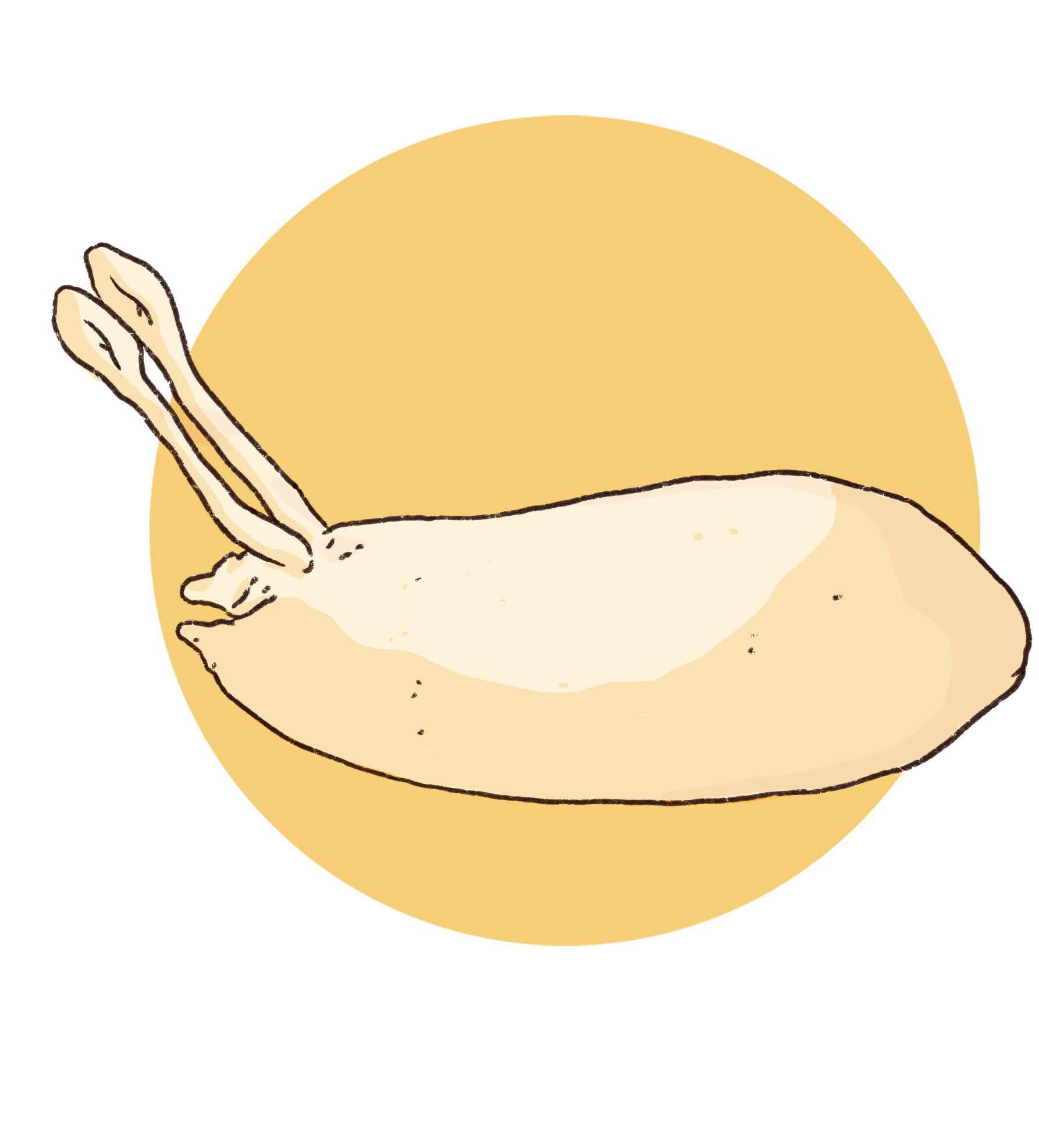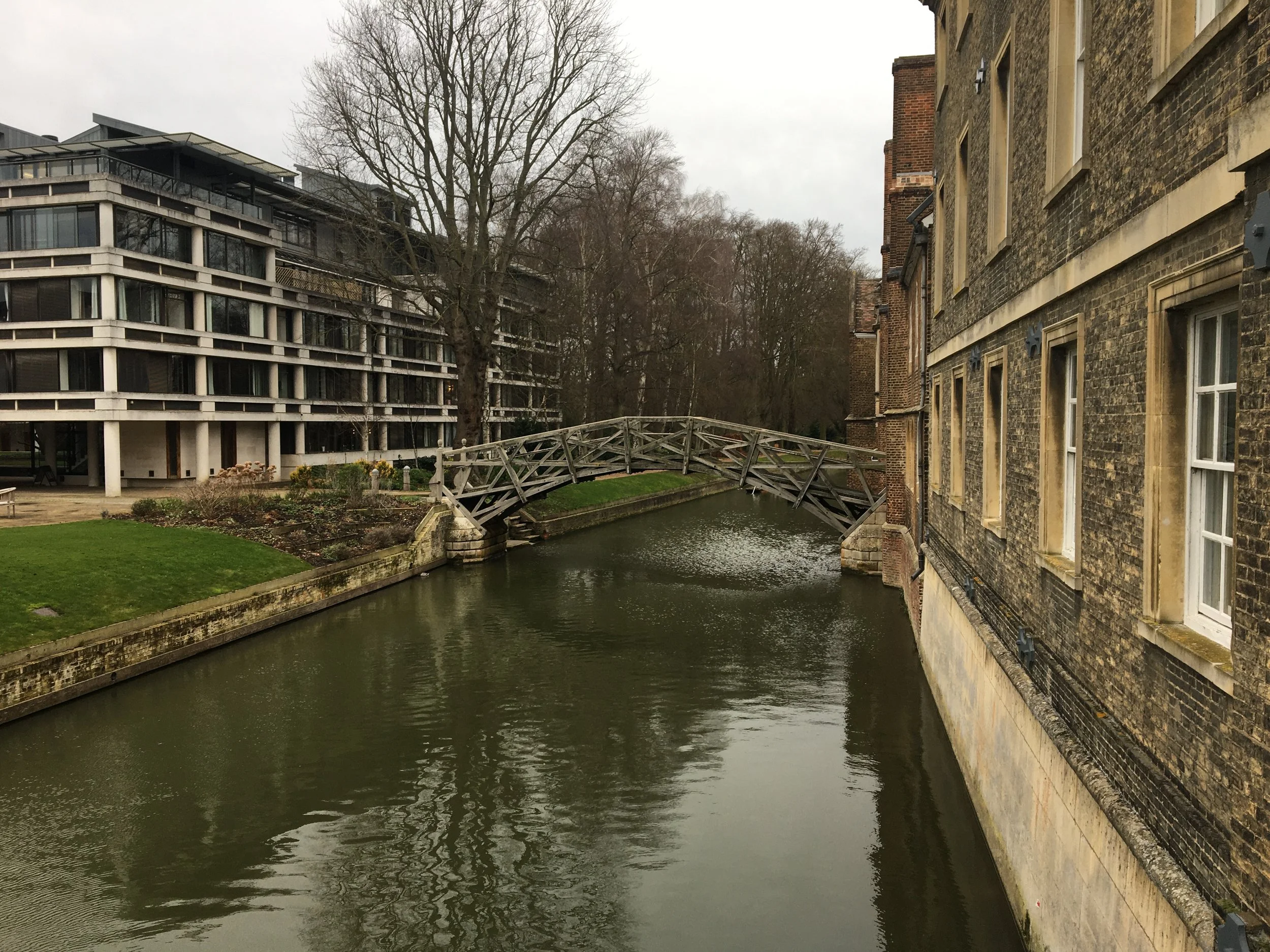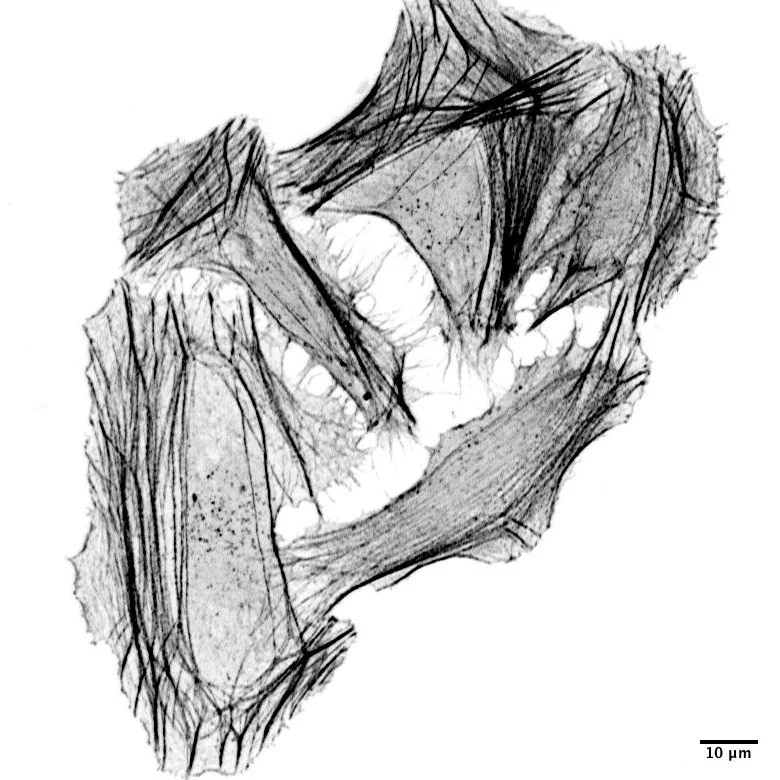Structure
Structure in Biology
Actin from a human cell line imaged by the Gallop lab.
-
A Chauffeur will lead the way
Over water, without delay
I’m great on rivers but not on seas,
In Oxford or Cambridge, you’ll find me.
-
What is the name of the special flat boat famously used in Oxford and Cambridge to travel around?
*Remember to start your answer with a Capital letter.
“If I have seen further it is by standing on the shoulders of giants.”
— Issac Newton in a letter to Robert Hooke (5 Feb 1675-6).In H. W. Turnbull (ed.), The Correspondence of Isaac Newton, 1, 1661-1675 (1959), Vol. 1, 416.



